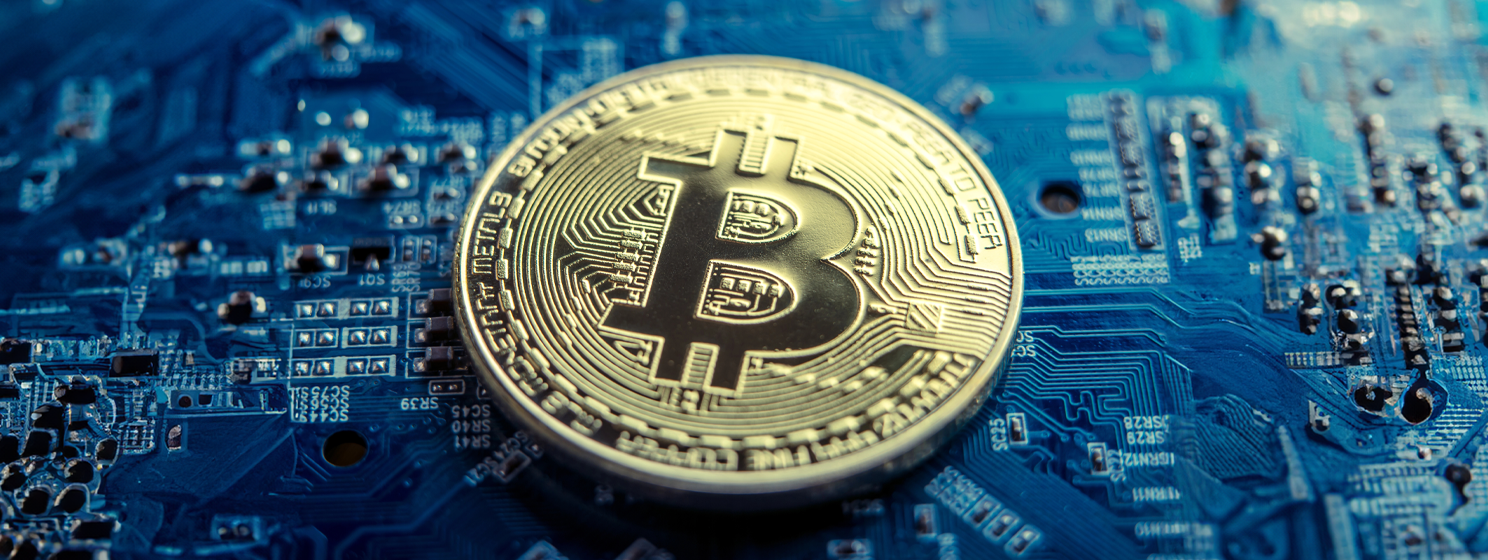|
Getting your Trinity Audio player ready...
|
The Iranian government is exploring digital asset regulations as an alternative to restrictions, according to Economic Affairs and Finance Minister Abdolnaser Hemmati, as reported by state-run news agency Nour News on December 7.
Speaking at a symposium in Tehran, Hemmati said that the government aims to control the negative economic impacts of digital assets, while leveraging their benefits.
The minister added that digital money falls under the jurisdiction of the Iranian central bank, reaffirming it as the primary authority overseeing the sector.
Central bank oversight
The Central Bank of Iran (CBI) recently introduced a comprehensive policy framework, the Policy and Regulatory Framework for Cryptocurrencies, designed to ensure compliance with anti-money laundering (AML) laws, counter-terrorism financing (CTF) measures, and tax requirements.
Key provisions of the framework include licensing for digital asset brokers and custodians under CBI supervision.
Hemmati reiterated the government’s hope that digital assets can help counter United States sanctions and align the country’s activities with the global economy. “Attempts to impose limitations have failed. Instead, we aim to manage their risks and capitalize on their benefits, including job creation and bypassing sanctions,” he said.
Iran sanctions
Up until Russia‘s illegal invasion of Ukraine in February 2022, Iran was the most sanctioned country in the world, having been under various sanctions on and off since 1979.
In 2019 and 2020, existing U.S. sanctions on the country were extended to cover Iran’s finance and banking sector. This meant that U.S. entities and individuals were prohibited from engaging in financial transactions with Iran. The sanctions also targeted its central bank and key financial institutions.
Due to such harsh measures, Iran has increasingly turned to digital assets to circumvent international sanctions, leveraging blockchain’s decentralized nature for financial transactions beyond traditional banking systems.
The Iranian government sought to support existing digital assets by enabling mining in the country, with Iran’s affordable electricity further attracting digital asset miners. To bring the industry under control, the government legalized digital asset mining in 2019, and in January 2020, it also issued licenses to over 1,000 miners.
By mining popular tokens such as BTC, Iran hoped to capitalize on its abundant energy resources, converting them into tradeable assets usable in global markets—assets which, crucially, facilitate cross-border payments pseudo-anonymously, enabling the country to engage with foreign entities while bypassing restrictions imposed by the U.S. and others.
In October 2020, the CBI and the Iranian Ministry of Energy also amended laws so Iran can use digital assets to fund imports.
With a U.S. President in waiting who is very publicly pro-crypto and anti-Iran, it’s no surprise that the heavily sanctioned country appears to be doubling down on its commitment to supporting and expanding its domestic digital asset industry.
Watch: Universal Blockchain Asset unlocks the future of payments

 11-26-2025
11-26-2025 





